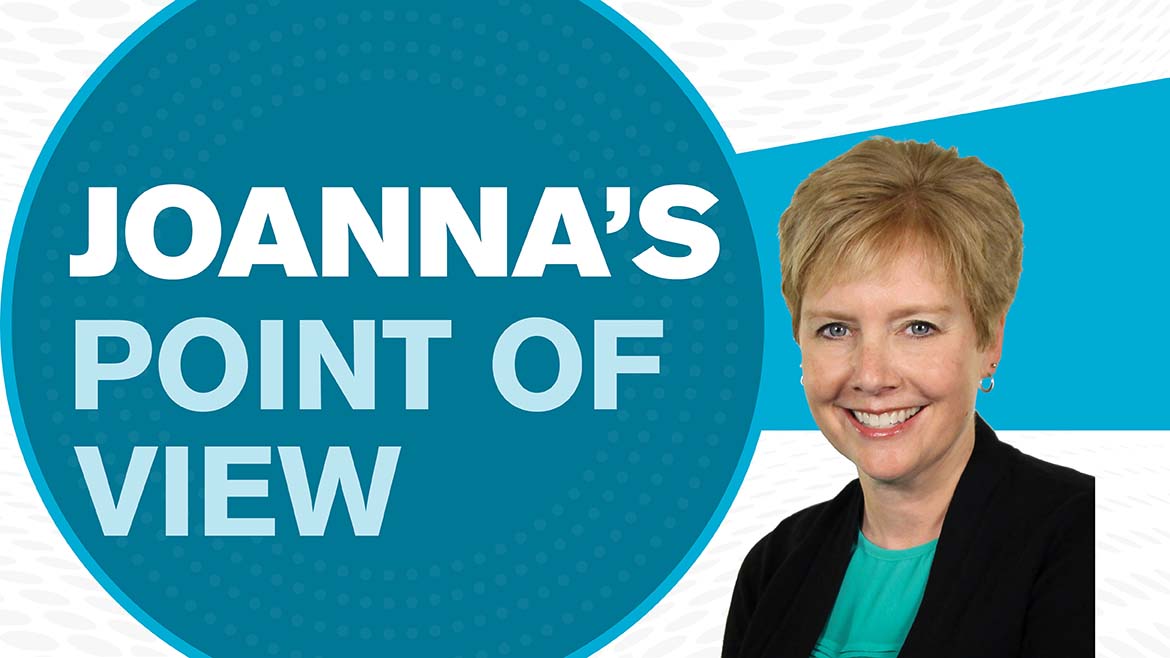For years, the HVACR industry has been wringing its hands about the labor shortage, with contractors, distributors, and manufacturers alike claiming that they have been unable to find enough people to fill job openings. This is prevalent throughout the trades, as there also aren’t enough welders, roofers, or carpenters to handle the backlog of new construction and remodeling projects.
This shortage is reflected in a recent report from the Labor Department, which showed that the U.S. had a record 6.7 million job openings at the end of April. That is far more than the 6.3 million Americans who were unemployed at the same time. This coincides with a study from the National Federation of Independent Business (NFIB), which showed that a large majority (88 percent) of small businesses reported having difficulties finding qualified candidates in April and that they couldn’t fill 35 percent of their current job openings.
“The shortage of qualified workers is clearly holding back even stronger economic growth,” said Bill Dunkelberg, chief economist, NFIB. “The high demand has real impacts. In some industries, nearly half of the firms have unfilled openings. It’s especially severe in construction and manufacturing.”
The problem is worse in rural areas and some Midwestern states, where many young people are leaving their hometowns to pursue their dreams in urban areas, which they consider to be more exciting. To combat this emigration, some local governments and chambers of commerce are starting to offer incentives that they hope will both keep their young people there and entice new workers to move to their areas.
For example, the North Platte, Nebraska, Chamber of Commerce has devised the WORKNP incentive program, which is designed to bring new workers to the area by matching local employers’ recruitment incentives up to $5,000 per open position (so up to $10,000 total per individual). The caveats are that positions must pay at or above $20 per hour, and the new employee must agree to remain at the company for a period of three years.
Indiana’s Grant County Economic Growth Council (GCEGC) has devised the Grant for Grads program, which is aimed at those with an associate’s degree (or higher) who choose to live and work in Grant County. The program offers up to $5,000 to pay for a down payment and/or closing costs on a new home, and the principal is forgiven at 20 percent per year as long as the newcomer resides in the home. Renters can receive a 20 percent reduction in monthly rent payments through the program.
And the list goes on — Marne, Iowa, offers free land to those moving to the area; Hamilton, Ohio, will pay off $5,000 in student loans for those willing to move there; the entire state of Maine will reimburse student loan payments for associate’s degrees (or higher) through its Opportunity Maine Tax Credit; St. Clair County, Michigan’s Come Home award pays students up to $15,000 to move back home and work after completing their college degrees; Kansas’s Department of Commerce offers the Rural Opportunity Zones program, which helps repay student loans; and Minnesota’s Harmony Economic Development Authority provides a cash rebate ranging from $5,000 to $12,000 to anyone building a new home there.
If you’re having trouble recruiting talent, be sure to tap into any of the programs offered by your local city, county, economic development council, or chamber of commerce. Or implement your own set of incentives, which could include repayment of student loans, help with moving costs, or just an added signing bonus. Then, make sure to advertise your incentives through social media and become active on job boards in other cities and states to spread the word.
At an industry conference I attended last year, one of the speakers said that in order to address the worsening tech shortage, HVACR contractors need to think outside the box and start importing workers from other parts of the country. As he noted, it is no longer sufficient to post a local ad for a job opening and hope that a qualified employee will find you. Those days are over.
Publication date: 7/2/2018
Want more HVAC industry news and information? Join The NEWS on Facebook, Twitter, and LinkedIn today!


Report Abusive Comment